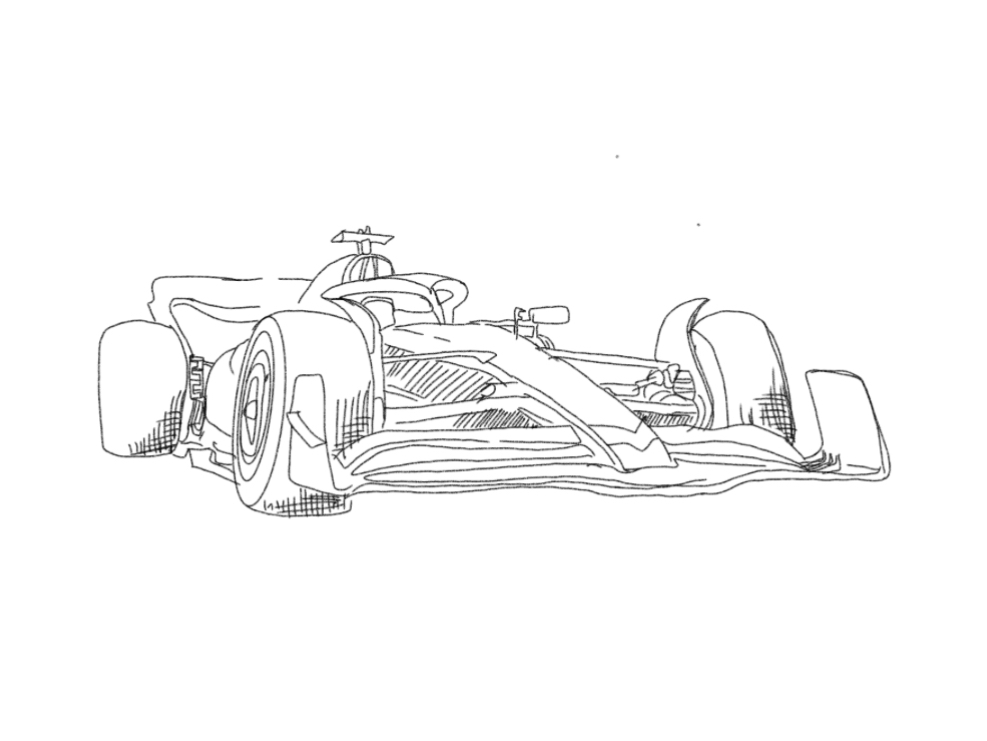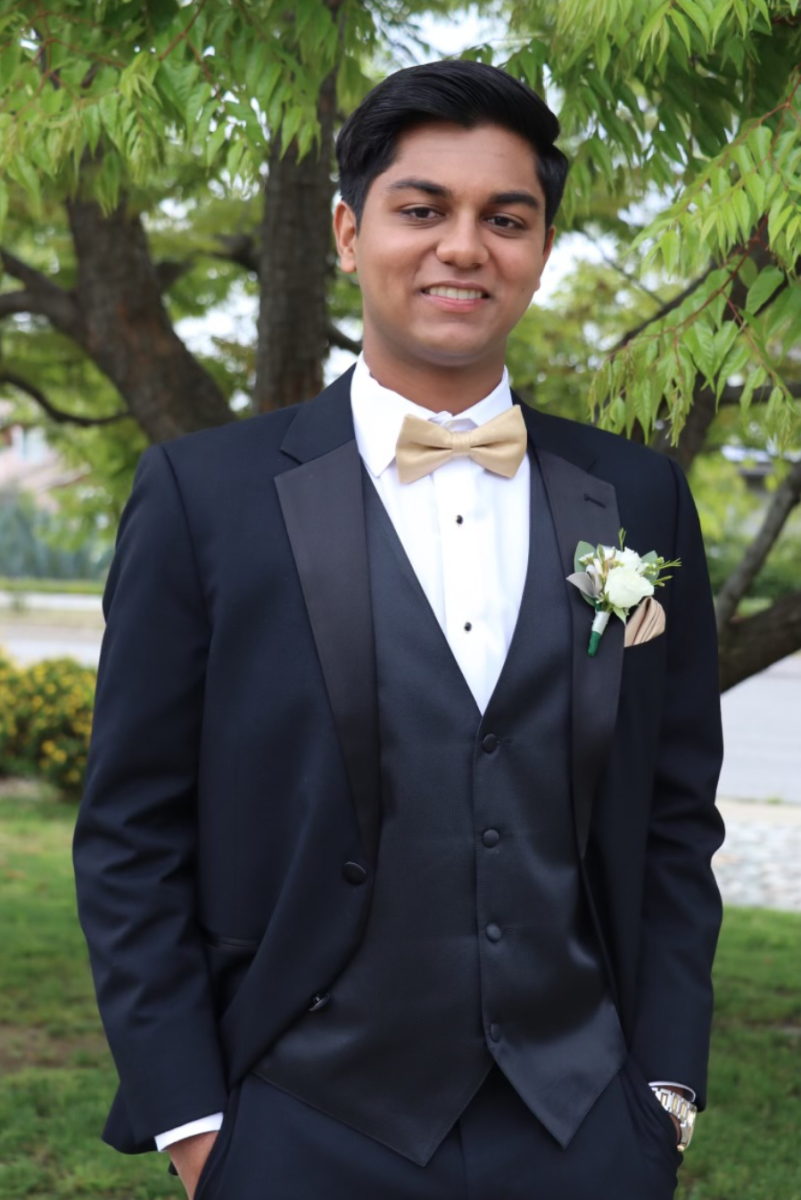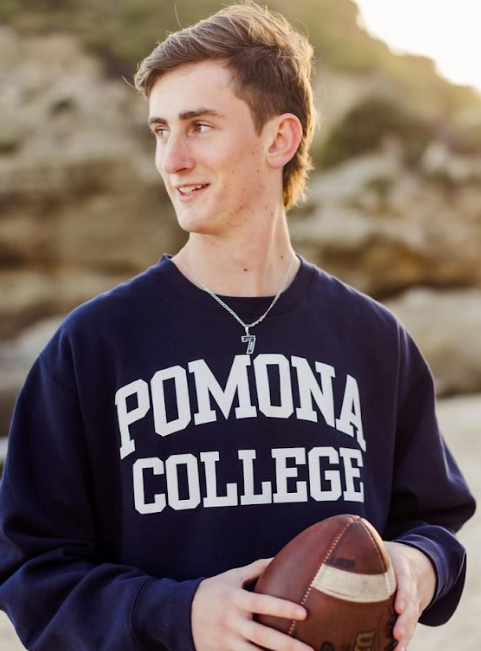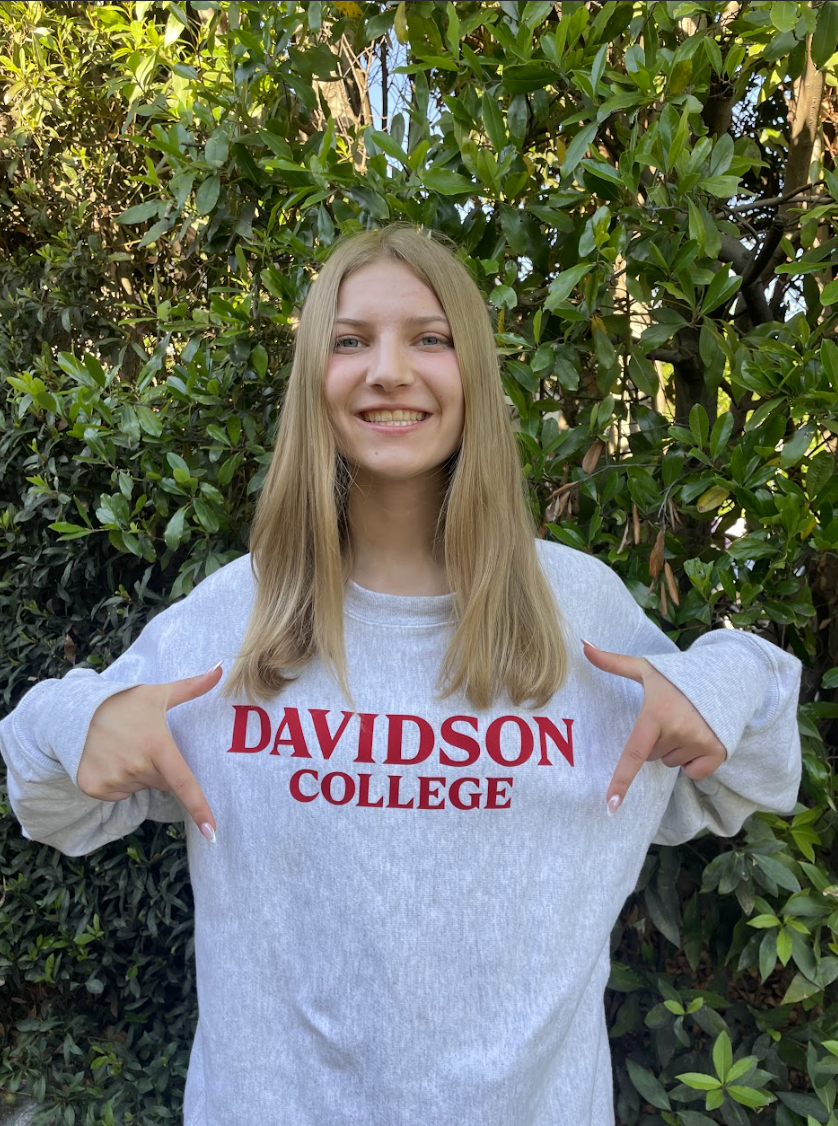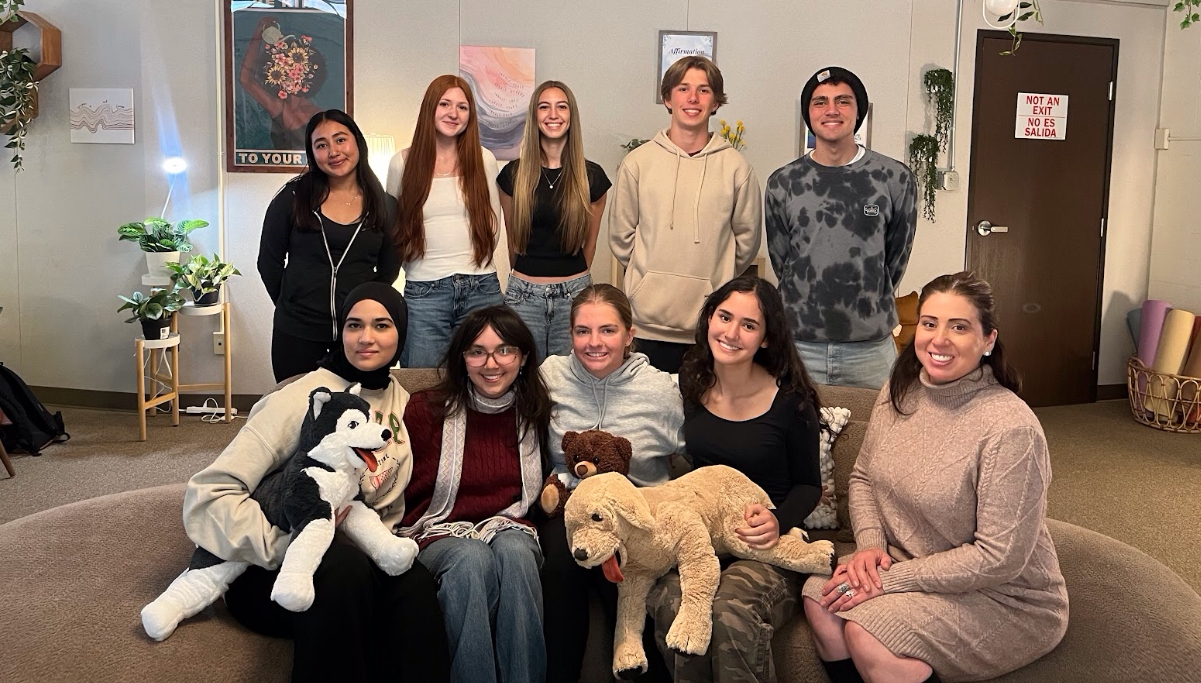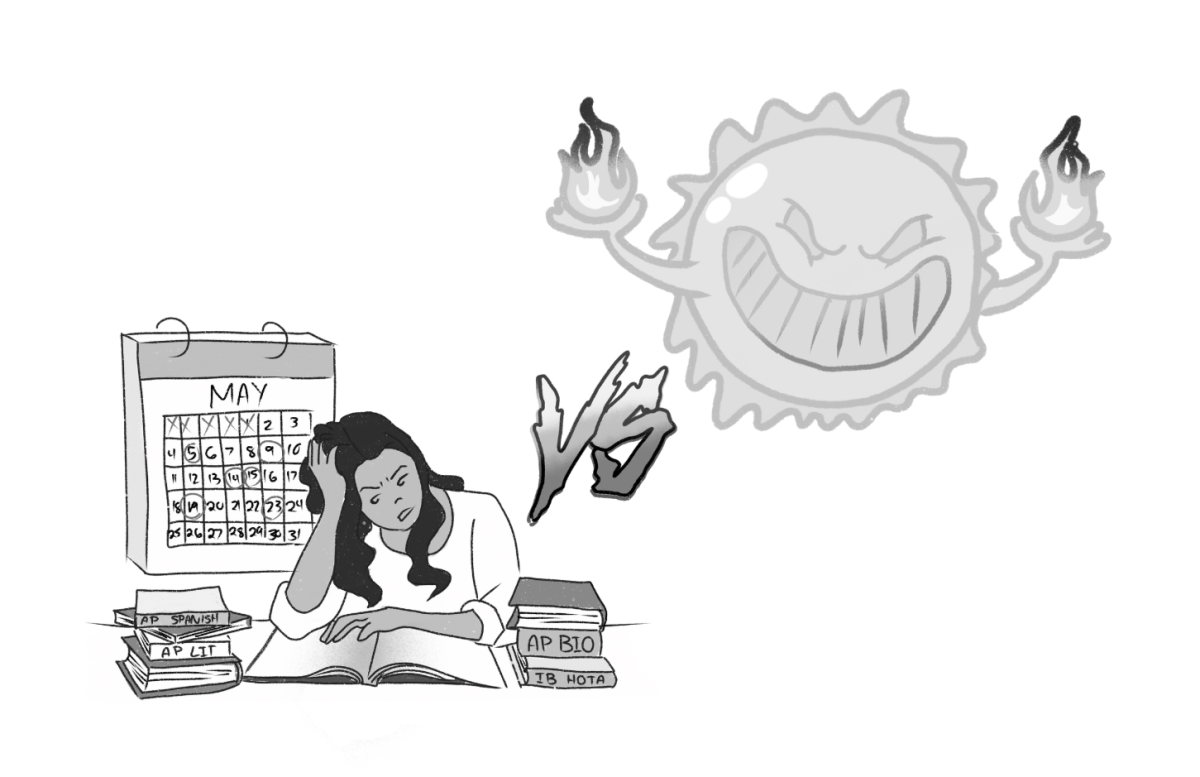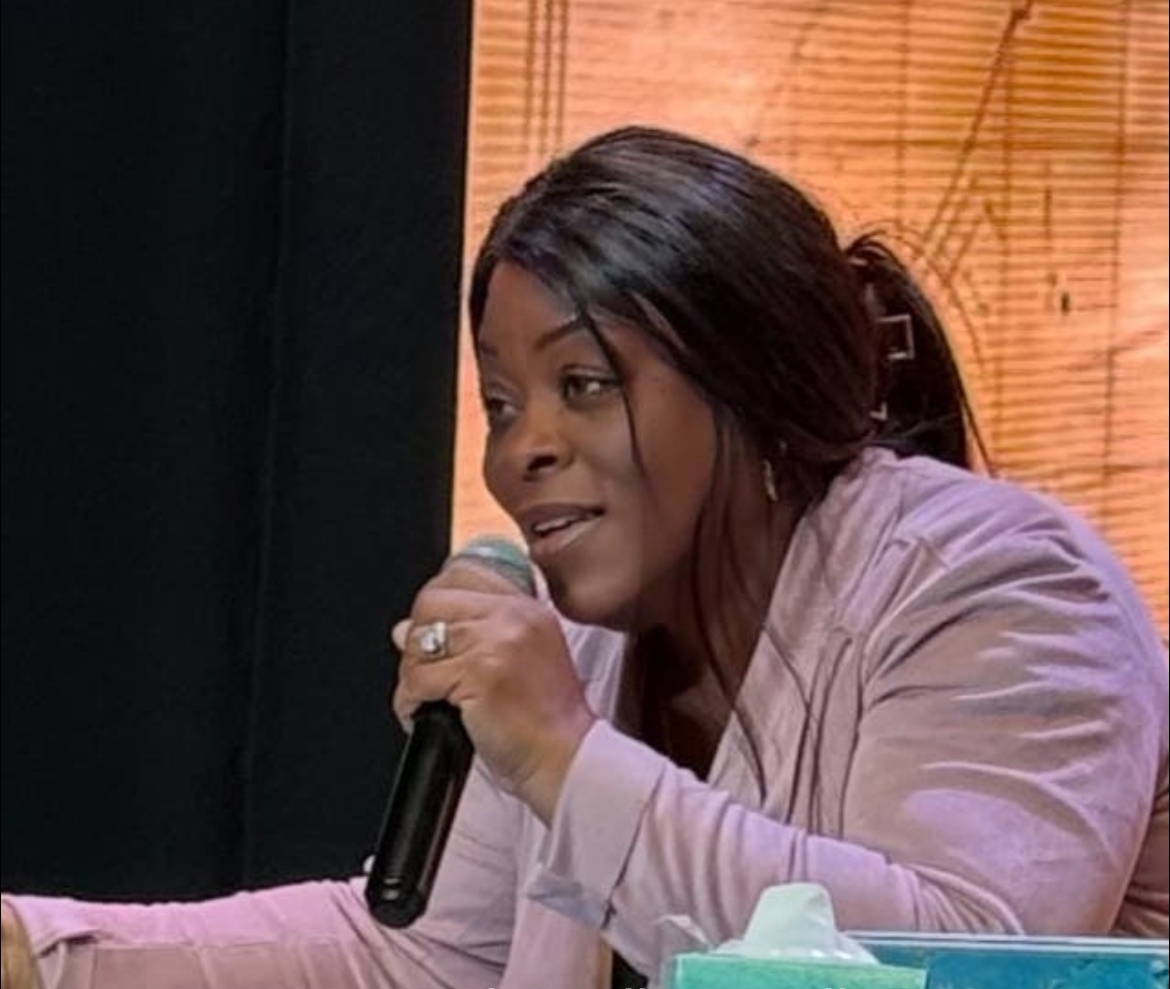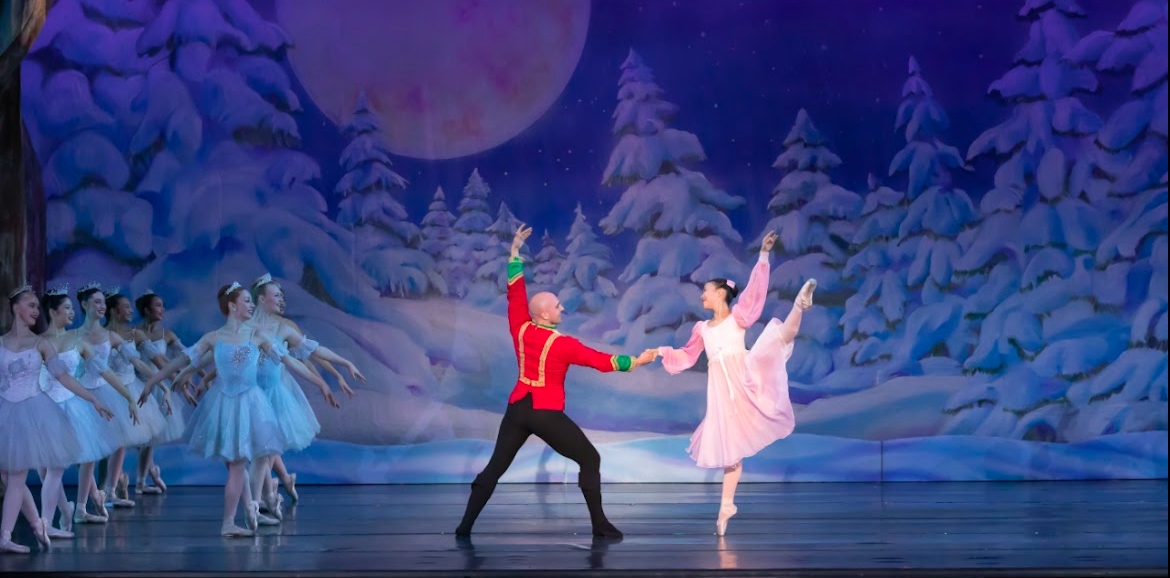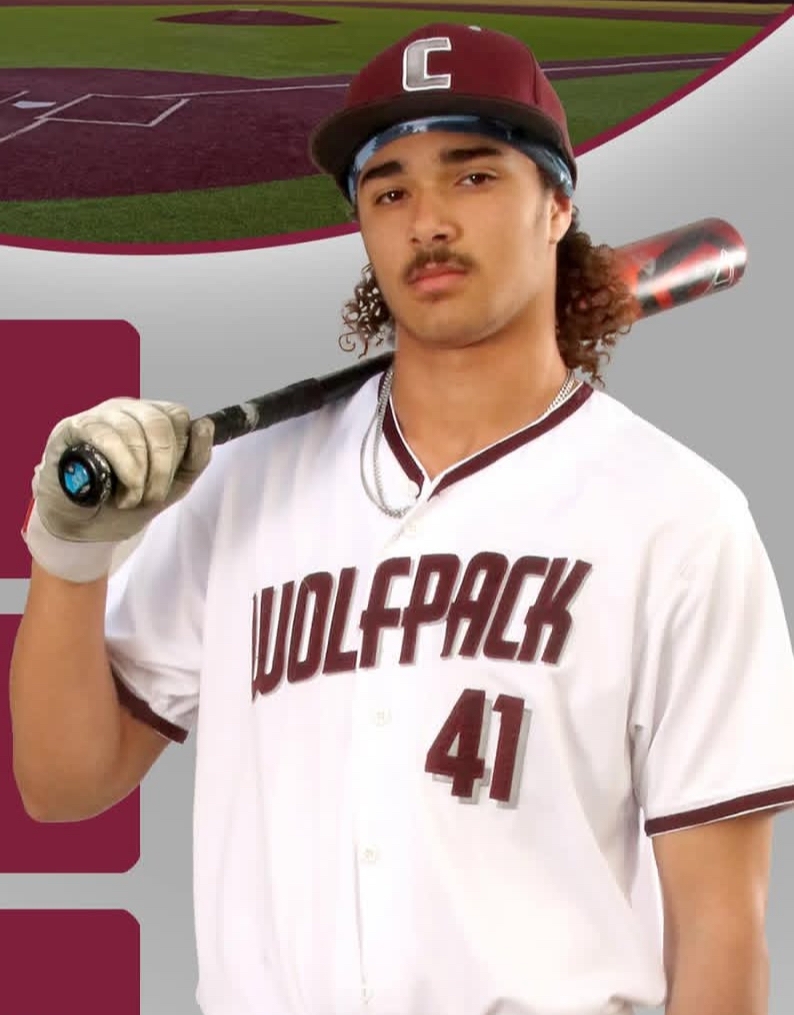At this point in pop culture history, it seems like not knowing about Formula 1, more widely known as F1, is just about sacrilegious. Everyone who spends a little too much time online has heard of Charles Leclerc and most others have at least scrolled past the five-season docu-series on Netflix; Formula 1: Drive to Survive. Despite the cliche title, the show has had a major impact in turning the motorsports business into a booming industry. Before the show’s release in 2019, the average viewership for a race was around 500,000, not bad but not great when one realizes that the NBA usually triples that amount during every basketball game. However, after “Drive to Survive” started to gain some popularity, the new fans kept tuning in and numbers kept rising until the sport eventually hit an average of 1 million viewers in 2022.
Especially in the United States, fans of F1 racing are the ones keeping the sport relevant, many of them crediting Drive to Survive as being the reason they got into it in the first place. Just by searching “F1” on TikTok, one can find various F1 content such as edits of Lewis Hamilton, rankings of Ferrari’s most famous drivers, and even “Get ready with me” F1 vlogs, “(I’m rooting for Verstappen).”
There’s a certain glamor to going 200 miles per hour on a looped track, mainly the luxurious cars, and based on the most popular videos relating to the topic, the objectively attractive drivers. Brands like Ferrari, McLaren, and Mercedes represent drivers from all over the world and advertise them just as much as the vehicles. As a fan, there’s ample opportunity to meet and show love for one’s favorite driver. It’s an appealing offer to attend a race and get that chance to take a one-on-one ride with a driver of one’s choosing. Because of all these possibilities, the passionate fan base in the U.S. was further ignited when it was announced that there would be a new circuit taking place in glitzy Las Vegas.
The Las Vegas Grand Prix took place the weekend of November 18th and featured 20 cars blurring past casinos at night. It was a showy way of capturing the spectacle of the city. There were challenges unique to both the event and the city as one of the world’s busiest tourist areas was turned into a 3.8-mile track built completely on city streets, requiring nearly 2,000 light units to illuminate the track. There were other additions, both temporary and permanent, including grandstands, hospitality club structures, track barriers, and bridges for both civilians and cars. Hotels featured exhibits with vintage race cars, and for some wealthier guests, special clubhouses to view the competition. There’s something almost dystopian about the idea of it all, companies parading around drivers as fans dress to the nines and place bets on who they hope will win. Overall, the competition boasted an attendance of over 300 thousand people, and even more impressive, had an economic impact of over 1 billion on the city. This can’t all be thanks to the recent surge of popularity, either from the show or a new wave of fans. But, for a sport that was struggling to gain an audience in the past, it’s proven that it can cement a place in our culture. As the season continues into the spring, anyone interested can tune into the next Grand Prix in Saudi Arabia, and witness an exciting spectacle both on the racetrack and in the community it surrounds.




